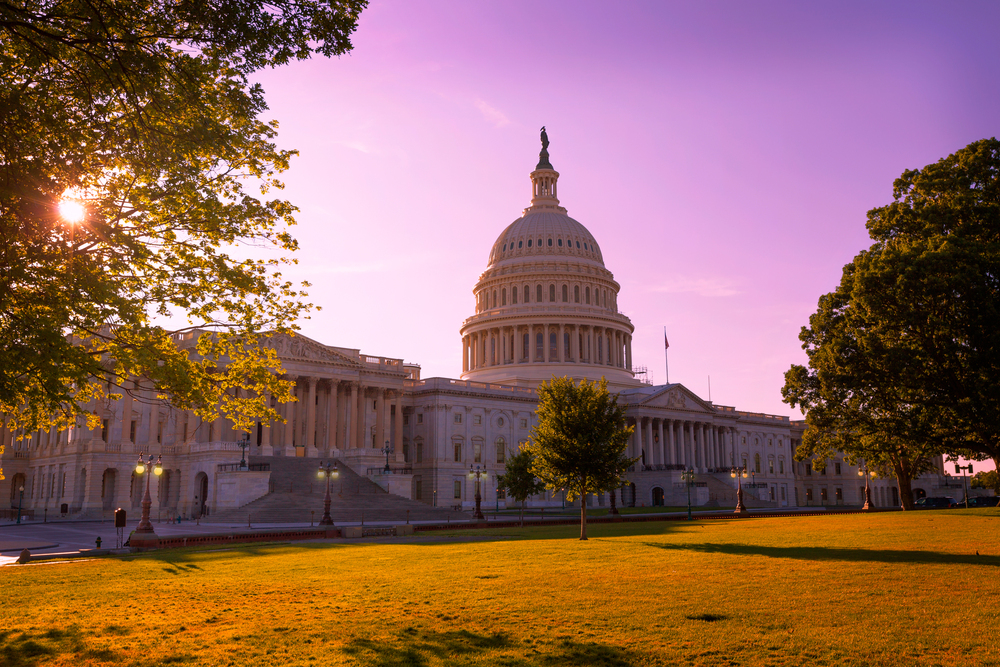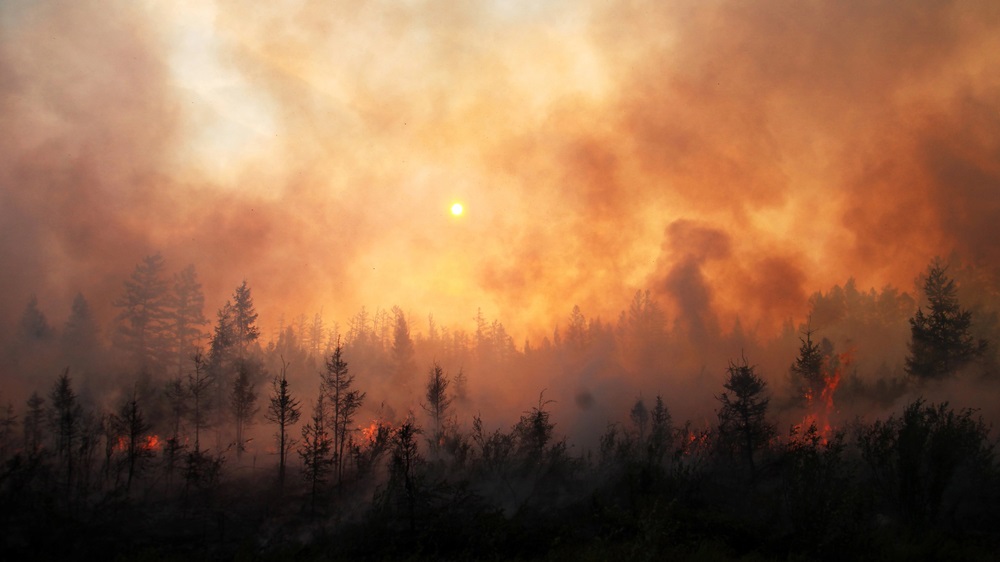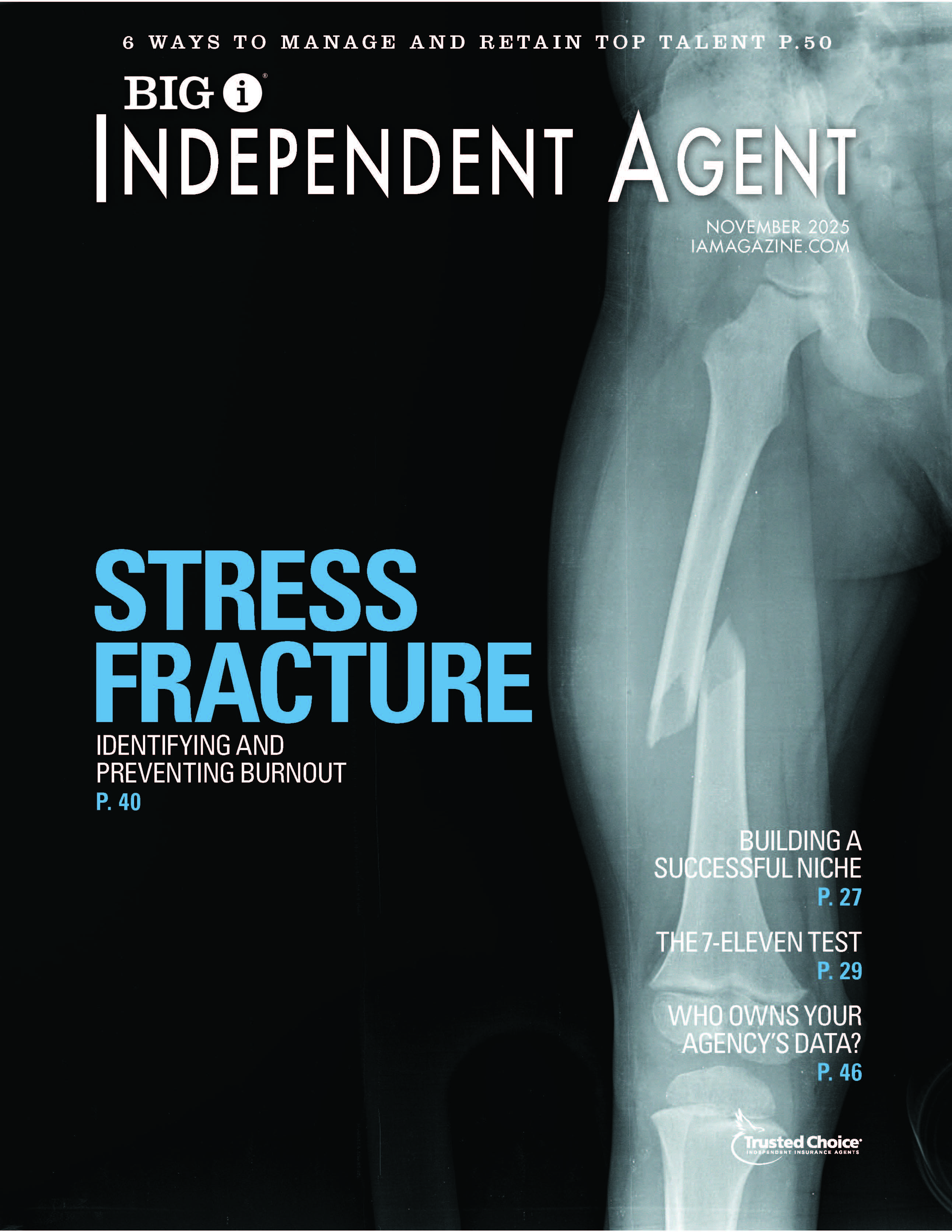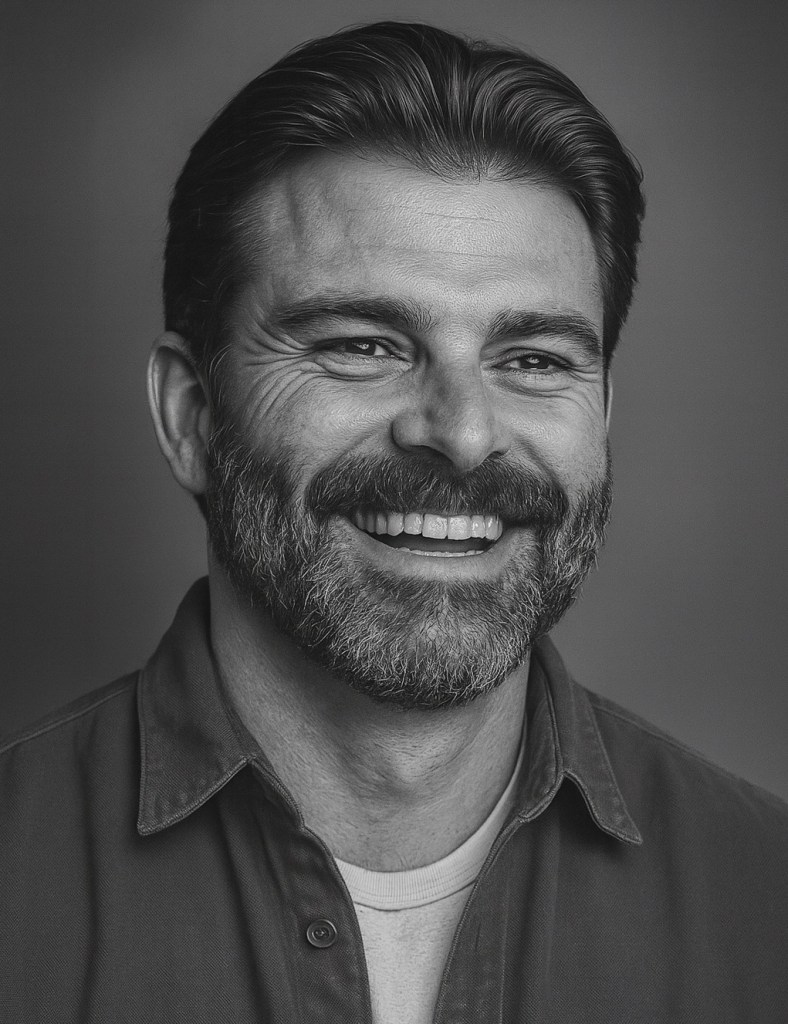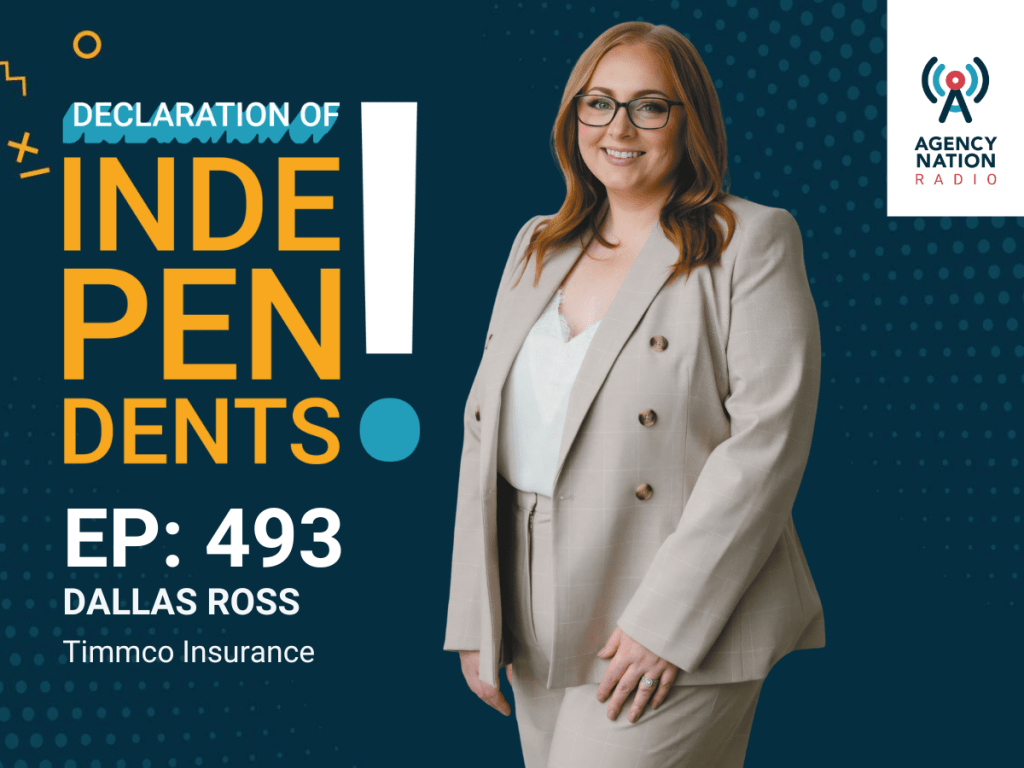How Agents Can Help Homeowners Reduce Wildfire Risks
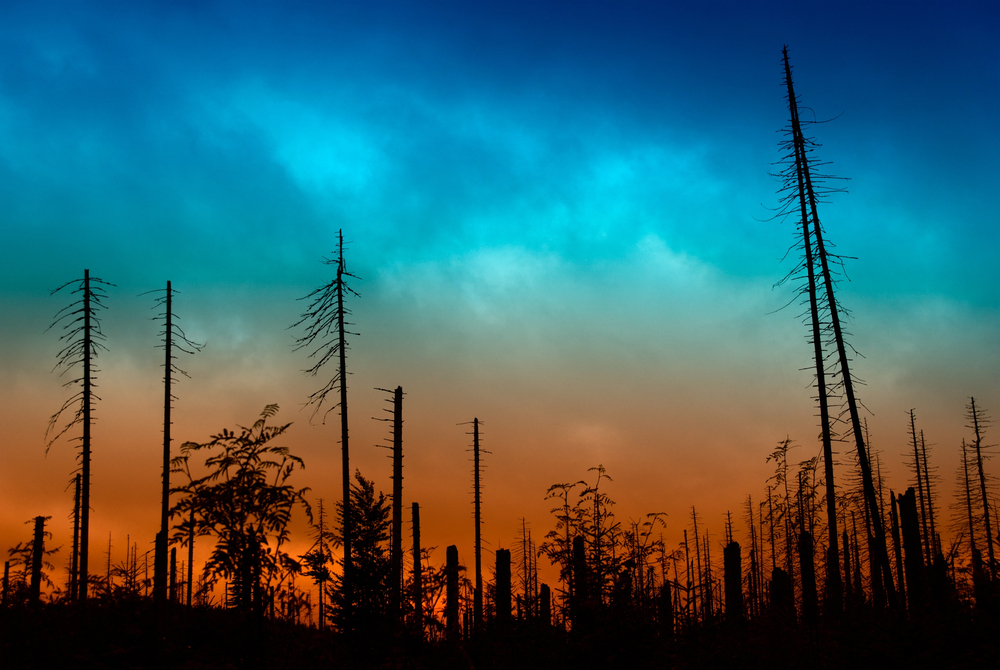
Wildfires are reshaping the way homeowners, insurers and independent insurance agents approach property protection—and the need for adaptation is urgent, says Valkyrie Holmes, CEO and cofounder of Faura, an InsurTech startup that provides resilience modeling and assessments.
“The way that we’ve built our properties is very unsustainable in terms of growing fast and using cheap building materials and one trend we see is how underprepared our homes are for combustible conditions,” Holmes says. “Someone who lives in a wildfire zone must have some kind of defensible space and mitigation.”

share summer safety tips with your clients
As wildfire seasons grow longer and more destructive, the insurance market has struggled to keep pace, especially in high-risk areas. “You have people who’ve had the same insurance policy for 20 years and suddenly they can’t get coverage anymore,” Holmes says. “Now they’re forced onto the California FAIR Plan, and agents have to step in to not just guide them but also to help them understand why.”
Holmes, who worked at NASA and SpaceX before co-founding Faura, views insurance as the key to helping homeowners better prepare for wildfires. “We were searching for a solution that helps people understand not only their risk but also what they need to do to get some benefit from reducing their risk,” she says.
Many policyholders want to understand “what coverage they’re getting and how their risk correlates with that—we want to make sure that everyone is educated as possible,” Holmes says.
Despite growing interest, independent insurance agents who serve homeowners in high-wildfire risk areas are met with misconceptions over risk reduction. “People have this idea that they can’t afford to reduce their risk, despite things like removing debris from gutters and moving logs from your property making a huge difference,” she says.
“Agents can walk policyholders through the process and follow up, which makes the relationship a lot stronger,” she says. “It can be as simple as a quick text: ‘Hey, it’s wildfire season—time to trim your trees back,’ or ‘Your policy renews in April and that’s close to where carriers will be evaluating for wildfire risk.’ It’s about making it a consistent part of the process.”
A proactive approach saves not only property but also lives, Holmes emphasizes. “We started using weather alerts to help with proactive mitigation,” she says. Someone who takes a wildfire assessment in December and receives 10 action items is unlikely to complete those immediately. “But if a wildfire is likely to happen within the next week and we know a homeowner has those 10 action items, we can alert them and prompt them to complete the most urgent ones,” she points out.
More on Disaster Mitigation
As underwriting evolves and carriers increasingly incorporate property-specific metrics to quantify wildfire risk, it’s crucial for independent agents to stay educated and proactive to improve placement efficiency for the benefit of both the insured and the agency.
“We have a tendency to get into a cycle of looking at properties a certain way, filling out a certain form, submitting it to the carrier—but we’re experiencing a real shortage of availability,” Holmes says. “Agents need to keep up to date with understanding what makes a more survivable home or whether a property is going to be hard to place, and not just rely on the carrier to feed them that information.”
AnneMarie McPherson Spears is IA news editor.
